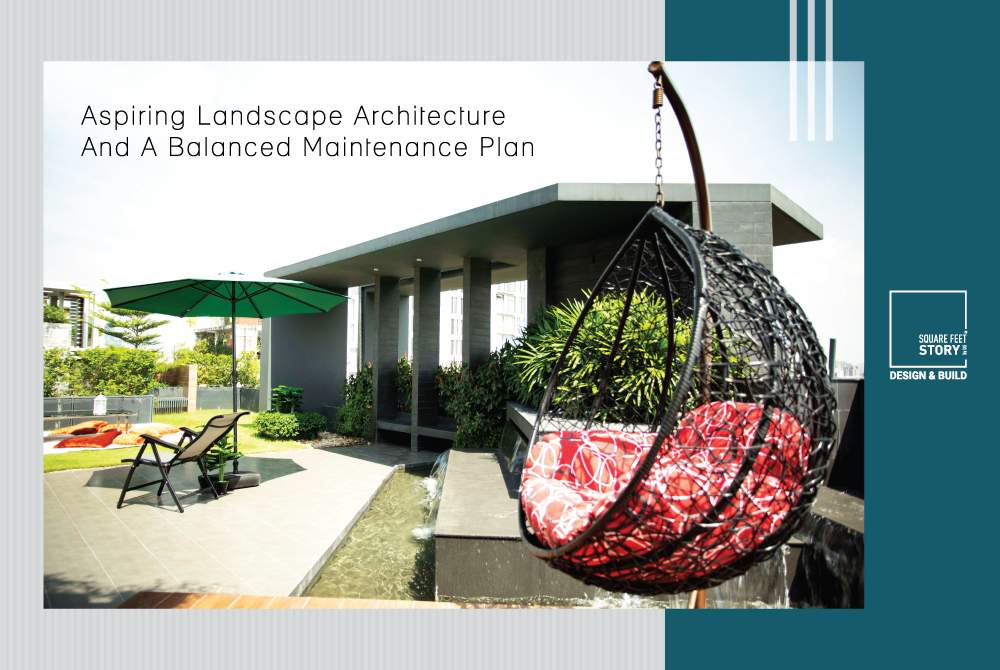
Aspiring Landscape Architecture And A Balanced Maintenance Plan
In any residential or commercial space, landscaping elements simply add more glamor and beauty to the space. Plants not only provide colors, they also keep the air refreshing and the temperature just right. Giving a green makeover to your desired space requires careful consideration of the plants that you will choose and how to position them in different ways. However, the most important part of landscaping is maintenance which requires long-term plans.
Fine Tuning
Once a particular landscape is installed, it takes a few years for the plants to fill out the space designated for their growth. Only then the overall look appears complete. During this time, the plants need to be tended and monitored carefully. Their growth patterns are guided in order to support the positions and shapes of hardscape elements. If you are envisioning a particular landscape design, pick your plants accordingly and group them based on their growth patterns or colors.
Now the maintenance begins. It keeps the design intention of the homeowner intact. Plants change with time and growth, so to keep the look of the design constant some fine tuning is required even after the landscape shape is defined. Pruning is one such way. Strategically pruning plants can increase their longevity, help maintain the structure and design of the landscaping intact, and overall also keeps the plants healthy. Any broken branches or damaged parts of a plant should be pruned off. Raking away any old leaves and debris keeps the plant bed neat and tidy. Our expert landscapers at Square Feet Story ensure that the maintenance is spot-on. You can also avail landscape maintenance with bti Property Management.
Maintaining Soil Health
Just like the plants, the soil also has to be inspected. The soil would need to be fertilized depending on the pH and nutritional conditions. Landscape professionals test the pH balance and also ensure that the soil has adequate nutrients for the plants to grow. If it does not have enough nutrients, the soil has to be fertilized. The fertilization process also depends on size timing. For example, some cool-season plants do well if the soil is fertilized in June. Some grasses require fertilizing in spring season. The size of your lawn or landscaped garden determines the amount of fertilizer to be used. Too little could cause soil erosion and too much could harm the plants. Controlled-release fertilizers are really helpful in this case because it allows better nutrient absorption. They also work well with shrubs and trees. Organic waste as fertilizers can be used as well as it is less harmful for the environment.
Adding a layer of mulch on top also works to keep the plants fertilized. A one-inch layer is enough to keep the plant roots cool in the summers and insulated in the winters. Most of it decomposes anyway and adds organic matter to the soil.
Insect And Disease Management
Maintenance of landscaping is never actually finished. It is a continuous process that requires a constant watchful eye. Along with fine tuning the garden, it is crucial to tend to any dying or weak plants. Any kind of discoloration, wilting, and signs of weeding could indicate that the plant is fighting off a disease. Various weed-control substances are available in the market. Insecticides and pesticides should be used to ensure the plants are not infected.
Clearing Water Bodies
Any landscape design looks more magical with the installation of water bodies. This could include fountains, small ponds, and waterfalls. Over time the water does become dirty. Periodically cleaning and replacing the water helps maintain the integrity of the structure and overall appearance.
Tending to your landscaping structures is no easy task, so it is better to leave it to the professionals. Our landscaping experts at Square Feet Story can not only provide a balanced maintenance plan, but can also add more aspiring landscaping elements to your space.

